Charging corrosion is a silent but serious threat in many powered oral care devices. Over time, moisture, chemical residues, and electrical stress can degrade charging contacts, setting the stage for voltage instability and eventual motor burnout. But how exactly are these two failures connected—and can they be prevented? Let’s unpack why corrosion at the charging point can quickly escalate into total motor failure.
Charging corrosion develops when:
This corrosion gradually forms a resistive layer that disrupts the flow of current during charging cycles.
At first glance, it might seem surprising that charging corrosion could trigger motor burnout, but the link is more direct than it appears:
Eventually, the motor can burn out entirely—even if the device appears normal during short operation. Company web:https://www.powsmart.com/product/electric-toothbrush/
For B2B distributors and OEMs, recognizing early signs of charging corrosion can prevent costly returns:
If these symptoms go unaddressed, they almost always lead to progressive motor damage.
-1024x1024.jpg)
Forward-looking manufacturers are taking proactive steps to eliminate the corrosion-to-burnout pathway:
These enhancements significantly extend device life and reliability.
Even the most robust design needs proper use. Providing clear instructions helps prevent corrosion in the first place:
Clear usage guidance reduces maintenance costs and reinforces brand trust.
To stay competitive, B2B suppliers should:
This proactive approach helps position your brand as a leader in quality and safety.
Conclusion
Charging corrosion and motor burnout may seem like unrelated failures at first, but they often represent two stages of the same avoidable problem. With thoughtful engineering, robust materials, and clear end-user education, manufacturers and distributors can prevent this costly cycle and deliver a better, safer user experience. Contact us
Gel Leakage with Enamel Translucency – Permanent Damage?
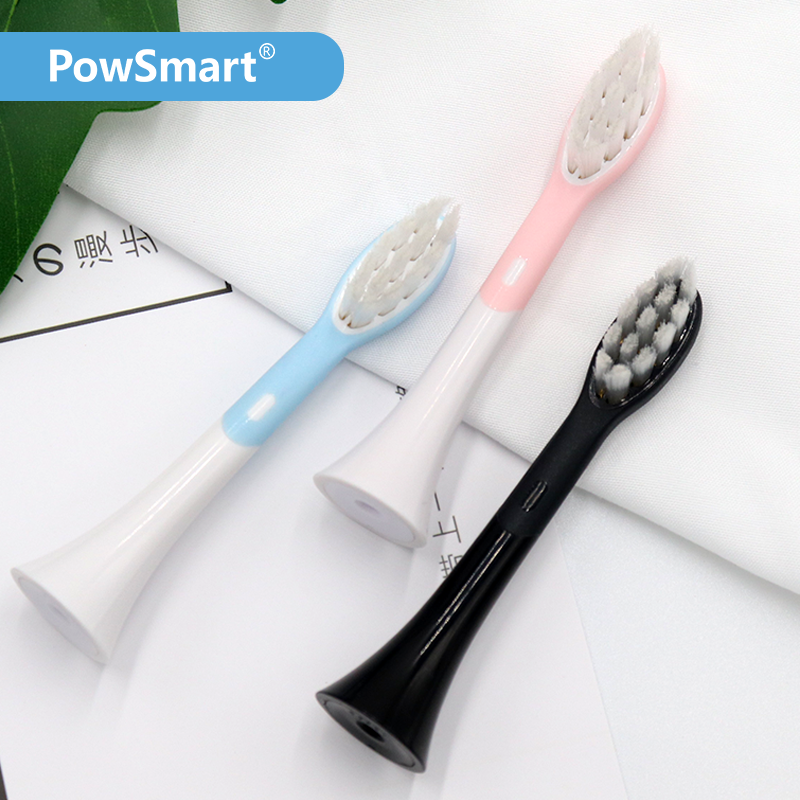
The Brush Head Was Shedding Bristles While Brushing My Teeth
Pressure Overkill Leading Sensitivity Spikes – Painful?

Can Bluetooth Toothbrush Tracking Paired with a Smart Dental Coach Replace Your Dentist?
.jpg)
How Does Powsmart App Connectivity Turn Real-Time Brushing Data into Actionable Insights?

Is a TSA Friendly Toothbrush with Portable Toothbrush Case Truly Hassle-Free at Airports?
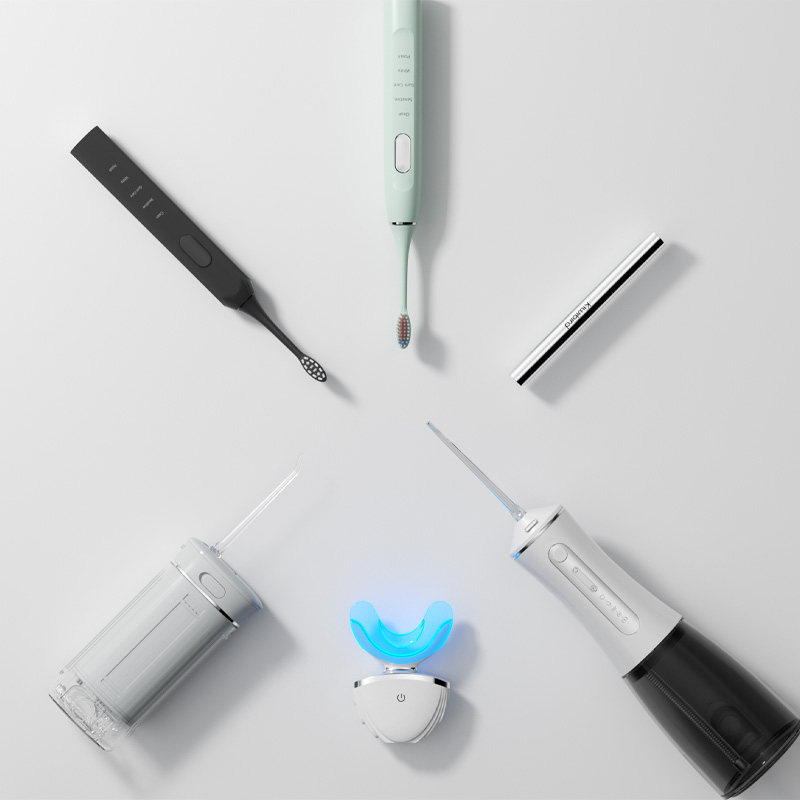
Market Potential of Electric Toothbrush & Whitening Device Combos
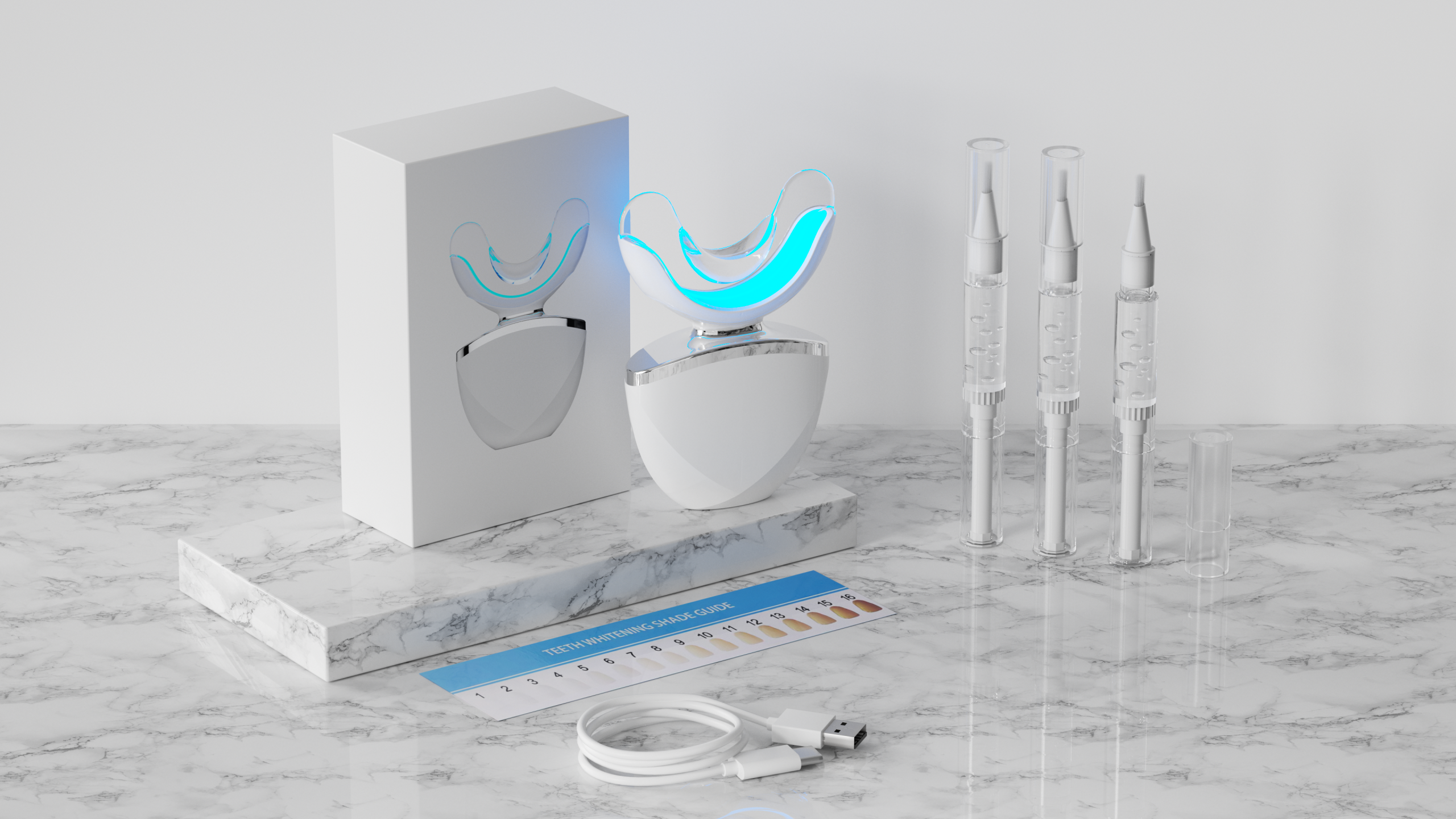
Can a Toothbrush Truly Rebuild Gum Health? Discover Powsmart’s Dual-Action Gum Shield Tech!

Retail Merchandising Tactics for Oral Care Products: Strategies for Brands Seeking Manufacturing Partners
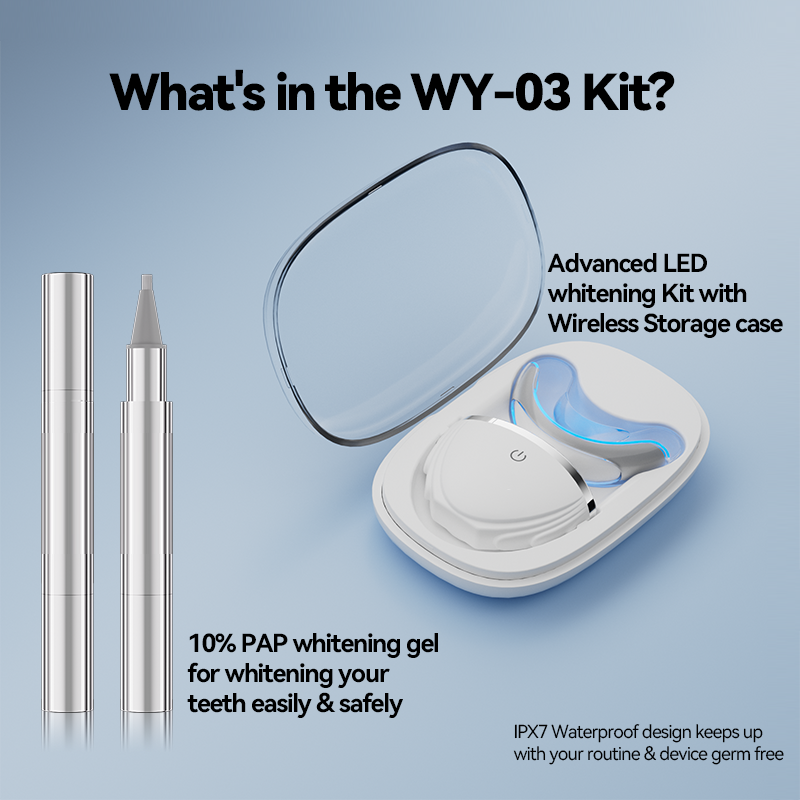
How Wireless Tech is Revolutionizing Oral Care Devices

Clinical Results: Effectiveness of Home Teeth Whitening Device results
-2-scaled.png)
Clinical Validation of Modern Teeth Whitening Technologies: A Guide for Oral Care Product Brands
Button Decay Causing Sensitivity Spikes – User Error?
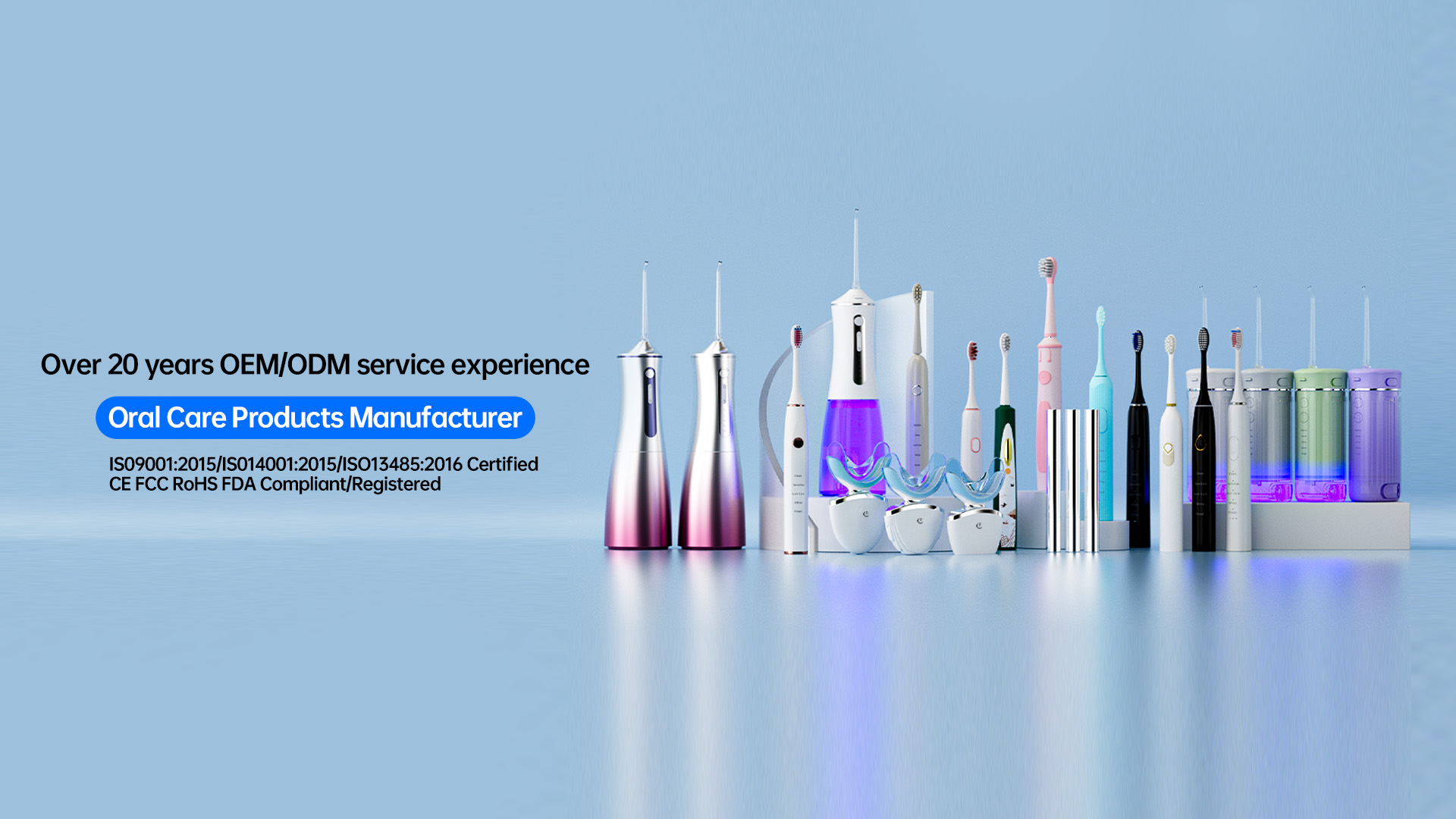
Building Winning Oral Care Brands in Competitive Markets
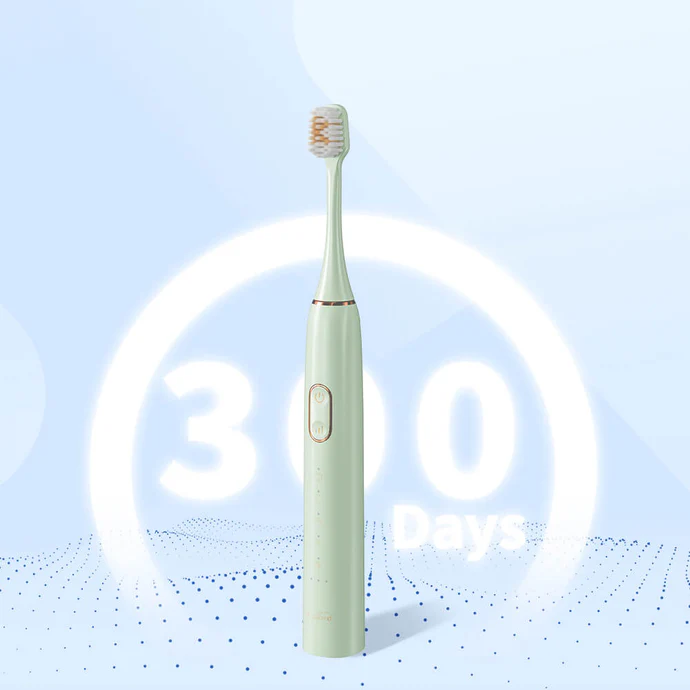
No Wonder Your Electric Toothbrush Burned Out When Charged Like This!
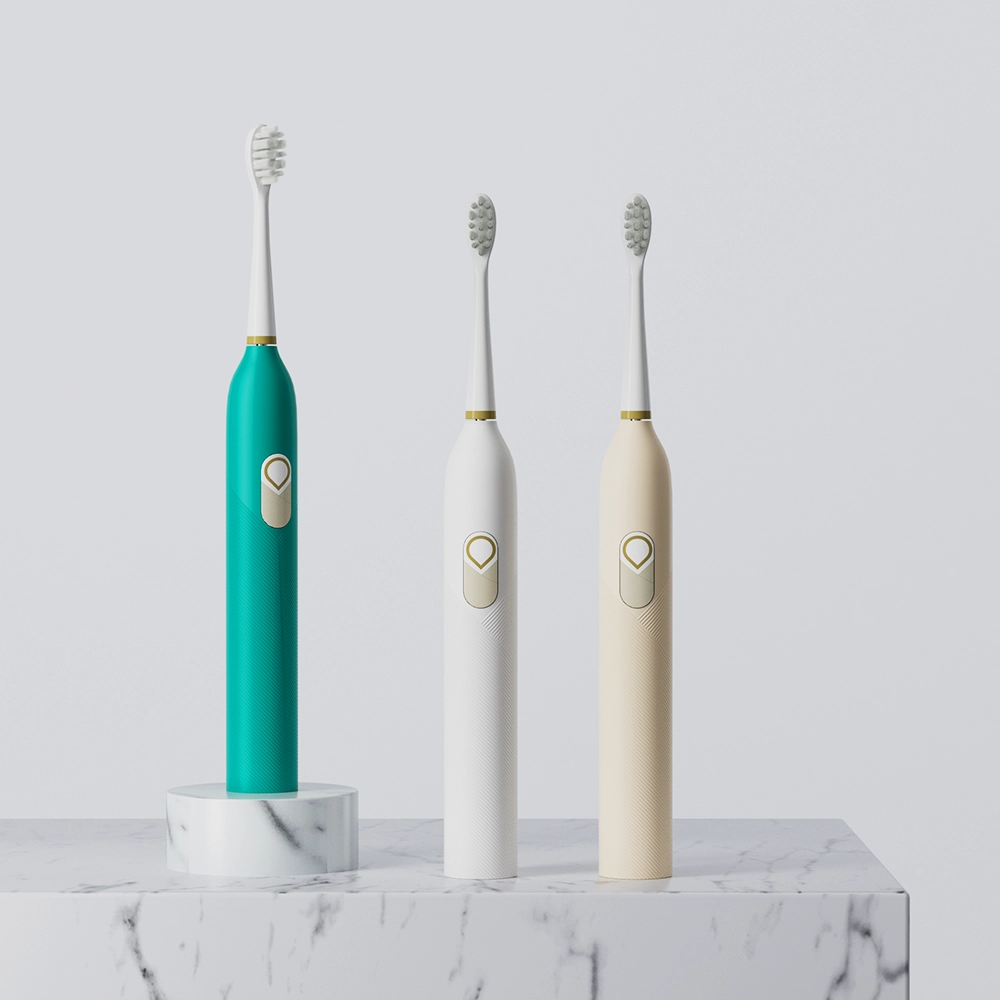
Electric Toothbrush with Bass Brushing Technology – 45-Degree Angle Cleaning

Electric toothbrush heads Charcoal Infused-Diamond

electric toothbrush heads Ultra Soft

electric toothbrush heads Regular Clean

electric toothbrush heads Charcoal Infuse-Round
.jpg)
Florida Electric Toothbrush – Powsmart PTR-C8

Customization Teeth Whitening Gel

Private Label Whitening Gel

electric toothbrush heads Deep Clean
whstapp
whstapp
National Toll-Free Service Hotline
+86 755 86238638